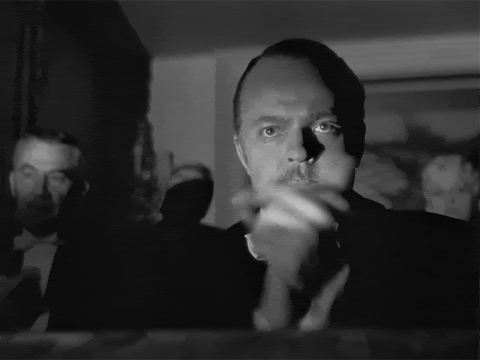Every attraction and land has, and always had a story called a "show guide." The term "story" doesn't have to be so literally narrative. Story is the foundation; the backstory that provides the means for all the little details that people crave. It gives a sense of direction and focus. To say you don't need it, in some form or another, is pretty much like saying "just make it look good." And thus you get problems like DCA, DHS, etc.
I personally like the variety of being able to see a narrative attraction like Nemo, and then sit back for a spectacle like Small World. That variety offers everyone something.
Originally posted by manifest
View Post
It really seems to me like many in the fan community just hold onto nostalgia and anything new is immediately deemed as "not good enough." I know I'm going to get blasted for this with comments like "when they finally do a good job..." and "if they would increase budgets..." and "they don't care like they used to..." and "if they would think bigger" but I assure you that most, if not all of the people in the development and design of these attractions do care about making a great experience, and are much more competent at doing so than fans give credit for. Unfortunately, so many wonderful things are created that will never see the light of day because of spreadsheets and business decisions.


 Didn't you know that Finding Nemo Submarine Voyage is a "major E-Ticket attraction?" None other than Tony Baxter himself so labeled it, in his interview in the last issue of E-Ticket Magazine.
Didn't you know that Finding Nemo Submarine Voyage is a "major E-Ticket attraction?" None other than Tony Baxter himself so labeled it, in his interview in the last issue of E-Ticket Magazine. 

Leave a comment: